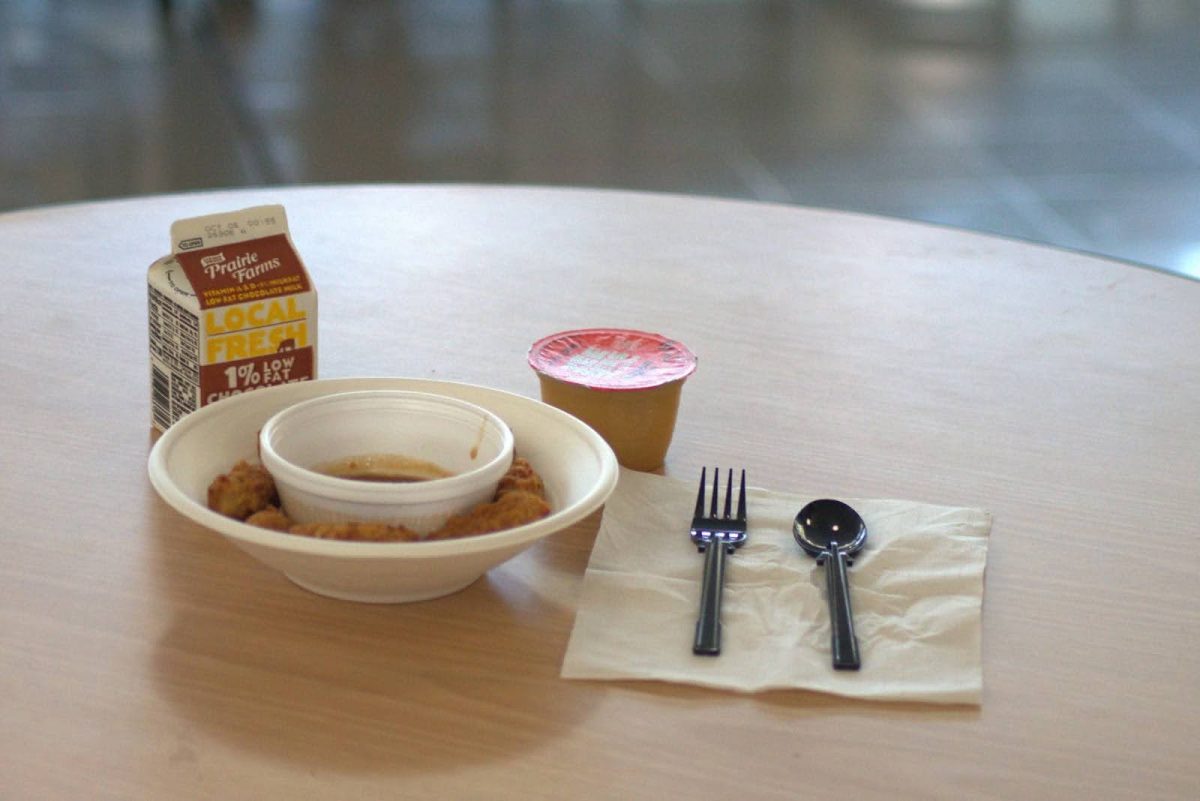Since 1926, the SAT has been a paper test, but starting April 10, 2024, the SAT is taking a turn. The SAT will become a new adaptive digital test, abandoning the old paper test. While most students look forward to the change, teachers are worried about the challenges students may face.
“I’m a little nervous that the tech won’t work and there won’t be enough support,” math teacher Heather Hugg said. “We have had to tell students to charge their iPads 100 times.”
But technology isn’t the only worry for Hugg, because of adaptive testing, the time for each section is not as strictly regulated and students can finish and not have to wait for their classmates to finish.
“I’m a little nervous about the breaks because usually we have an exact break and everybody goes at once,” Hugg said. “And now it’s whenever you get done, you take your break. So I don’t know if it’s going to be too chaotic, or if it’s going to be okay, I just kind of don’t know.”
With all her worrying Hugg also has some advice for students who take the digital SAT. In case they are worried about the change.
“Go in confident and use your problem-solving skills,” Hugg said. “Don’t worry about if you don’t have every formula memorized because you’ll have formulas given to you.”
Like Hugg, sophomore Andrea Udaeta worries about the digital test.
“I don’t want to do it digitally because I get headaches, and dizzy,” Udaeta said. “I also need glasses, and paper is easier for me.”
But even though she has some negative outlooks on the test, she also finds a positive side of digital SAT.
“I feel like the scores will be quick,” Udaeta said. “It’s probably easier for them to correct digitally than to mark on paper.”
While there are mixed opinions about the digital SAT, there’s no guarantee that it will stay this way.
“But if for some reason there is a cheating factor or anything like that possible, then they would have to revert to paper probably,” Hugg said.















